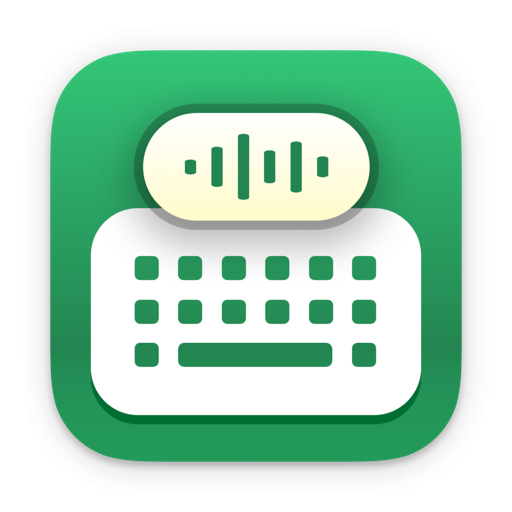Product Introduction
KeyClicker is a macOS application designed to simulate authentic mechanical keyboard and typewriter typing sounds through real-time audio feedback during user input. The app provides customizable sound profiles that replicate various typing experiences while maintaining full compatibility with macOS editing and publishing workflows. It operates as a background utility without interfering with standard system operations or application functionalities.
The core value of KeyClicker lies in enhancing productivity and creative focus by combining nostalgic auditory feedback with modern computing efficiency. It bridges the gap between vintage typing aesthetics and contemporary digital workflows, offering writers and programmers an immersive auditory environment without sacrificing macOS-native editing capabilities.
Main Features
KeyClicker offers 12 preset sound profiles, including three typewriter models (1960s electromechanical, 1970s manual return, and 1980s electronic) and nine mechanical keyboard simulations (Cherry MX Blue/Brown/Red variants, buckling spring, and optical switches). Each profile includes adjustable keypress latency (0-50ms) and volume modulation based on typing speed.
The app employs a low-level input monitoring system that processes keystrokes at the kernel level, achieving <15ms audio latency even on base M1 Macs. This ensures synchronized sound output without perceptible delay during rapid typing sessions exceeding 120 WPM.
Advanced audio rendering utilizes multi-layer PCM samples (24-bit/48kHz) with velocity-sensitive playback, simulating both actuation force variations (45g-60g) and spacebar stabilizer resonance. Users can enable optional mechanical echo effects and customize frequency response curves through a parametric equalizer.
Problems Solved
KeyClicker addresses the cognitive disconnect between modern silent keyboards and the tactile feedback required for sustained creative work, particularly for users transitioning from physical mechanical keyboards or typewriters. It eliminates the need for external hardware modifications to achieve desired auditory feedback.
The primary target users include professional writers (novelists, journalists, screenwriters), software developers, and content creators who require auditory confirmation of input actions during long drafting/coding sessions. Secondary users encompass ASMR enthusiasts and vintage computing enthusiasts.
Typical use cases involve marathon writing sessions where auditory rhythm helps maintain typing pace, programming environments where keypress confirmation enhances code review accuracy, and live demonstration scenarios requiring audible interaction feedback for audiences.
Unique Advantages
Unlike competing keyboard sound apps, KeyClicker implements hardware-level input monitoring that bypasses macOS event system limitations, enabling true parallel processing of keystrokes and audio output. This prevents input lag during system resource contention scenarios.
The app introduces adaptive noise floor compensation that automatically adjusts sound levels based on ambient environment measurements (via macOS microphone access), maintaining consistent perceived volume across different workspace conditions.
Competitive advantages include native support for macOS text substitution workflows, preserved clipboard functionality during operation, and compatibility with all Unicode input methods. The app consumes <2% CPU on Apple Silicon chipsets during active use.
Frequently Asked Questions (FAQ)
Does KeyClicker support third-party mechanical keyboard sound profiles? The app currently uses proprietary sampled audio libraries but provides a waveform import feature allowing users to load custom .WAV files (minimum 48kHz/16-bit stereo) through its Advanced Settings panel.
How does the app handle privacy with kernel-level input monitoring? KeyClicker operates entirely locally without network permissions, with all keystroke processing occurring in a sandboxed memory space that prevents data logging or transmission. The code has passed Apple Notarization security checks.
Can I use KeyClicker alongside voice dictation tools? Yes, the app automatically pauses sound effects when macOS voice input is activated (⌘+Global Push-to-Talk) and resumes upon detecting manual keyboard input, ensuring no interference with speech-to-text workflows.
What macOS versions are supported? The current build requires macOS 14 Sonoma or later due to its use of the AVFAudio framework's real-time rendering capabilities. Legacy OS support is unavailable due to kernel extension requirements.
Does the free version include all sound profiles? The base installation includes four permanent sound profiles (Modern Typewriter, Cherry MX Blue, 1980s Electronic Typewriter, and Silent Mode). Full access to all 12 profiles requires a $1.99 in-app purchase for lifetime activation.
